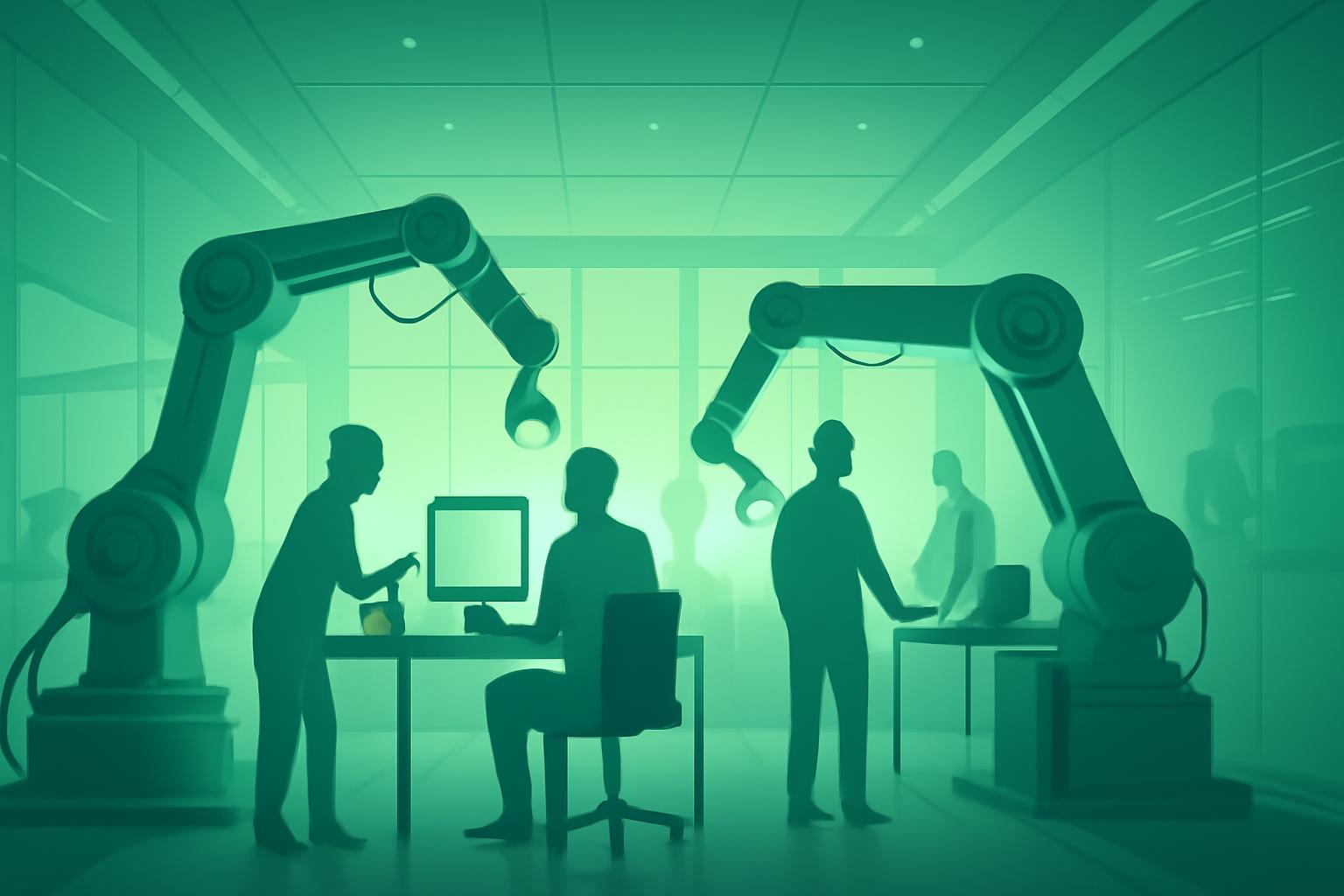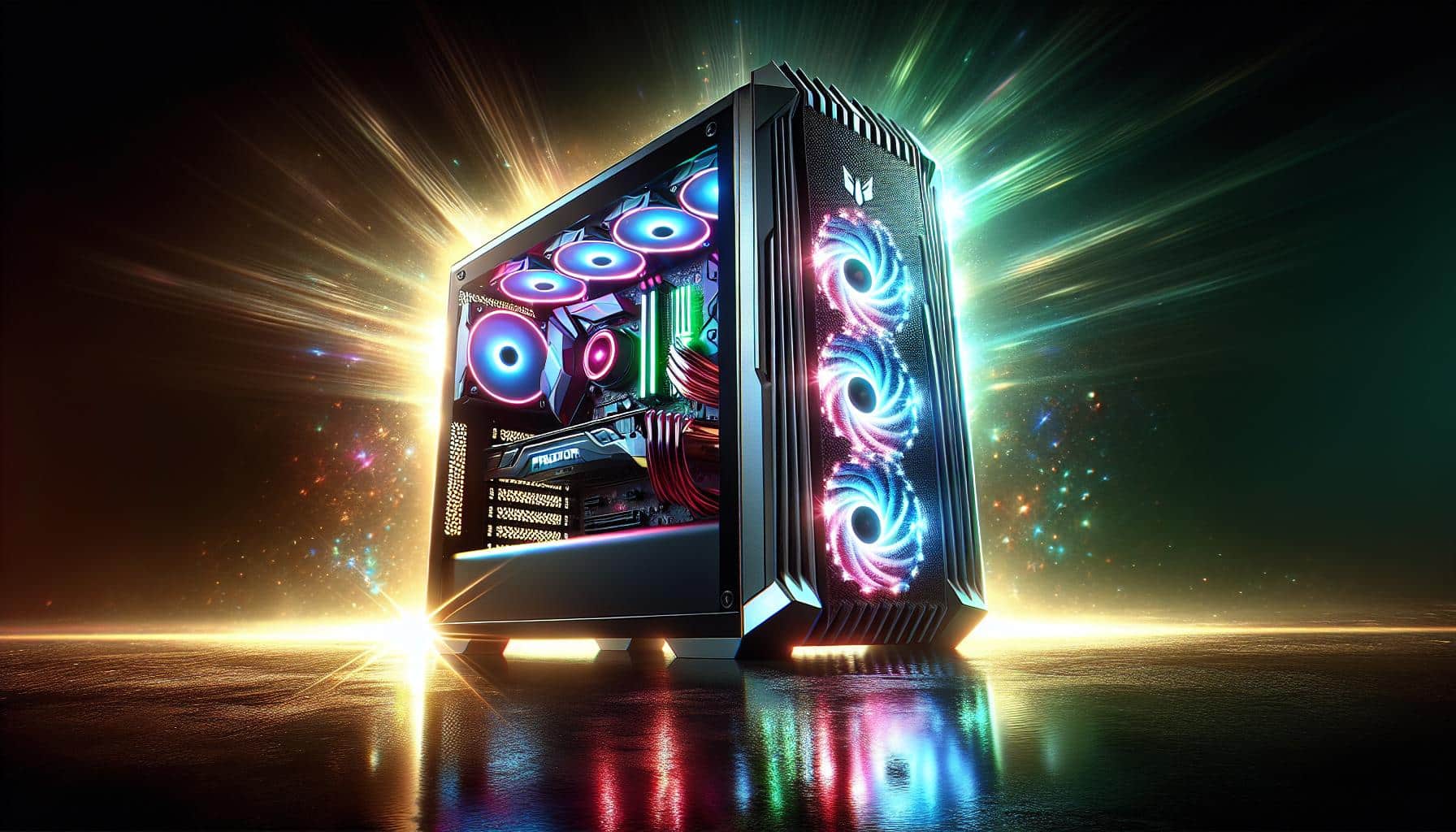Robotics Sector Matures as Investment Surges Beyond AI Influence
When Seth Winterroth transitioned from GE Ventures to help establish Eclipse Ventures in 2015, he observed a challenging landscape for early-stage robotics startups. Many emerging teams from institutions like Waterloo, Carnegie Mellon, and MIT struggled to secure institutional venture capital, as the majority of funding favored mature application-layer technologies in Silicon Valley.
Since then, the robotics ecosystem has transformed significantly. Winterroth, now a partner at Eclipse Ventures, asserts that investment opportunities in robotics have never been more promising. The industry has matured with advances in both hardware and software making robotic solutions more capable and cost-effective.
Rising Venture Capital Interest
According to Crunchbase data, robotics startups attracted approximately $6 billion in venture funding during the first seven months of 2025, already surpassing the total funding of 2024. This growth positions robotics as one of the rare technology sectors outside of AI to experience increased investment momentum this year.
While AI’s progress has contributed to robotics advancements, seasoned investors emphasize that the sector’s growth is rooted in longer-term industry maturation rather than recent AI breakthroughs alone.
Industry Catalysts and Learning Curve
The pivotal moment for robotics is traced back to 2013, when Amazon acquired Kiva Systems, a Massachusetts-based robotics startup. Winterroth describes this acquisition as a seminal event that ignited the creation of numerous robotics companies between 2011 and 2016.
This initial wave nurtured engineering talent and facilitated the discovery of product-market fit. Some companies like 6 River Systems and Clearpath Robotics achieved success, while many others failed, but the collective learning has fueled subsequent innovation.
Bee Partners’ Kira Noodleman highlights that a decade of experimentation has clarified market demands. Startups such as Rapid Robotics, which ceased operations, provided valuable insights for new founders now better attuned to customer needs, particularly in automating repetitive tasks like machine tending.
Cost Reductions and Technological Advances
Fady Saad, general partner at Cybernetix Ventures, notes that falling hardware costs have been instrumental in attracting investment. Advances in sensors, computing power, and battery technology have lowered the barriers to developing scalable robotics solutions.
While AI and large language models assist in robot training, Saad points out that these models primarily learn from online data, whereas robots require real-world interaction data. Nvidia’s recent release of world models for robot training marks progress, but comprehensive real-world data integration remains a work in progress.
Current Market Focus and Challenges
Despite growing momentum, not all robotics categories have reached maturity. Established sectors such as manufacturing, warehousing, and construction continue to draw venture interest. Healthcare and eldercare robotics also represent promising investment areas due to labor shortages and aging populations.
Conversely, enthusiasm for consumer-facing humanoid robots remains tepid. Saad expresses skepticism about widespread consumer adoption in the near term, citing the limited success of companies like iRobot beyond vacuum cleaners.
Nonetheless, increased venture funding is expanding the customer base and enabling startups to refine their offerings. Winterroth emphasizes that the existence of successful commercial robotics companies has reversed earlier doubts about the sector’s viability.
Looking Ahead
The robotics industry is entering a phase characterized by greater customer awareness, improved product-market fit, and stronger financial backing. While AI continues to enhance robotic capabilities, the sector’s growth is fundamentally driven by accumulated expertise, technological improvements, and pragmatic market adoption.
FinOracleAI — Market View
The surge in venture funding to $6 billion in early 2025 reflects growing investor confidence in robotics startups, driven by lower hardware costs and clearer market demand rather than AI hype alone. Key verticals like manufacturing and healthcare are poised for expansion, while consumer robotics remain a riskier segment. Investors should monitor real-world data integration for robotics training and the pace of adoption in eldercare and industrial automation as indicators of sustained growth.
Impact: positive













